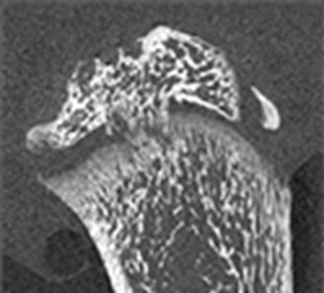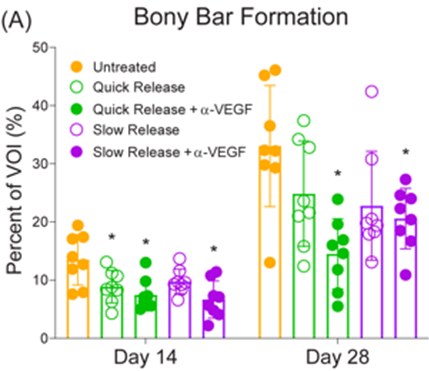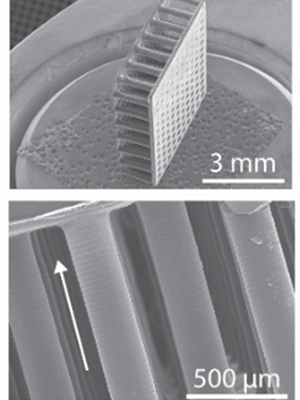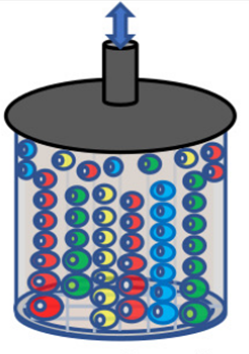Our Research
Promoting Growth Plate Cartilage Regeneration: Preventing Bony Bar Formation, Research Focus and Projects
The growth plate (or physis) is a cartilage region at the end of all long bones in children that is responsible for bone elongation during development. When injured, bony tissue can form in the growth plate, resulting in a “bony bar”. This
can lead to angular deformities or completely halt bone elongation. Our research program focuses on developing therapies to prevent bony bar formation and promote growth plate cartilage regeneration. Our lab’s main research areas and projects are
outlined below:
Animal models for growth plate injury
Our group has experience with the rat and rabbit models of growth plate injury. This allows us to study the mechanisms of bony bar formation seen after injury and develop approaches to prevent this bony repair tissue. These animal models also provide us with the opportunity to test novel regenerative medicine approaches to regenerate growth plate cartilage.
Inhibiting angiogenesis and osteogenesis after growth plate injury to prevent bony bar formation
Our group is interested in better understanding the mechanisms that promote bony bar formation, such as angiogenesis and osteogenesis, and how we can use that knowledge to develop technologies that would prevent bony repair tissue. We have a long-standing collaboration with Dr. Melissa Krebs at the Colorado School of Mines, where drug delivery systems developed in her lab are used to deliver anti-angiogenic or anti-osteogenic factors (antibodies and siRNA) in our animal models of growth plate injury.

Growth plate cartilage regeneration
In collaboration with Dr. Stephanie Bryant and Dr. Virginia Ferguson at the University of Colorado Boulder, we have several projects to evaluate a cartilage mimetic hydrogel augmented with progenitor cells and/or growth factors to promote growth plate cartilage formation. We are also developing a 3D printed growth plate mimetic composite that has been evaluated in a rabbit model of growth plate injury and led to improved tibial lengthening.
Organoid model of growth plate development
A new project in the lab aims to develop a growth plate organoid to gain fundamental insight into the link between biophysical cues, cellular differentiation, and cellular organization.